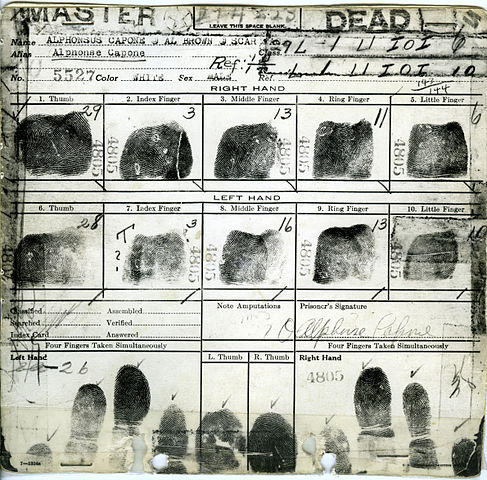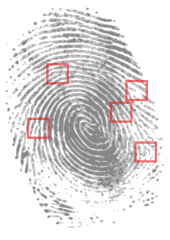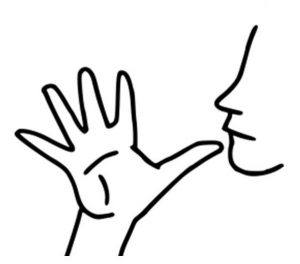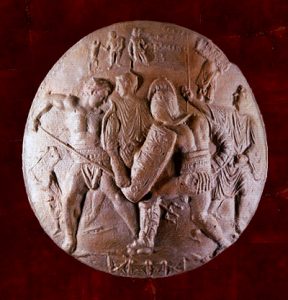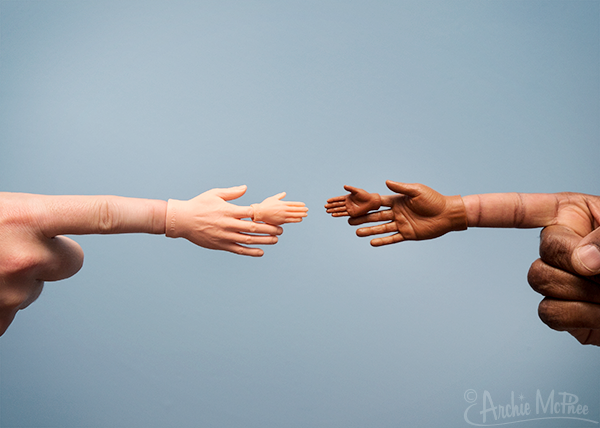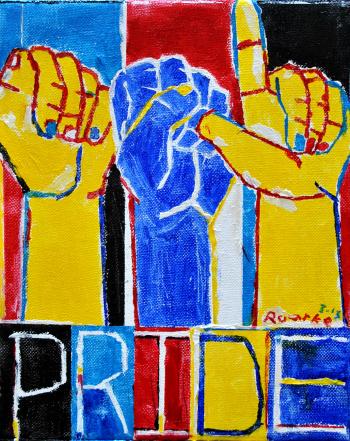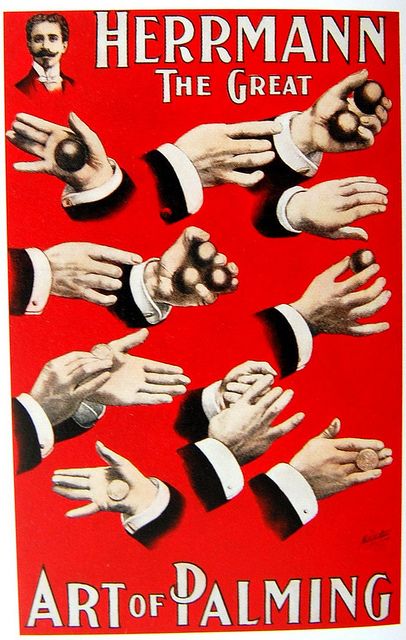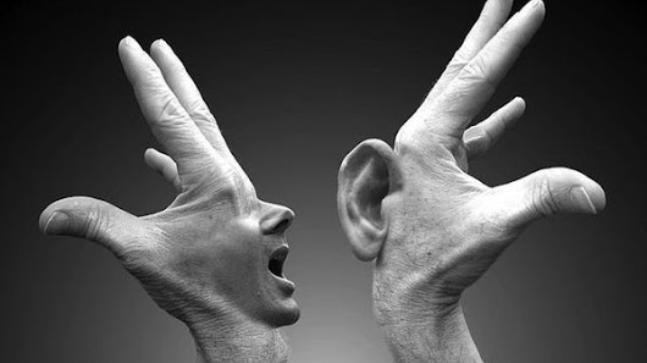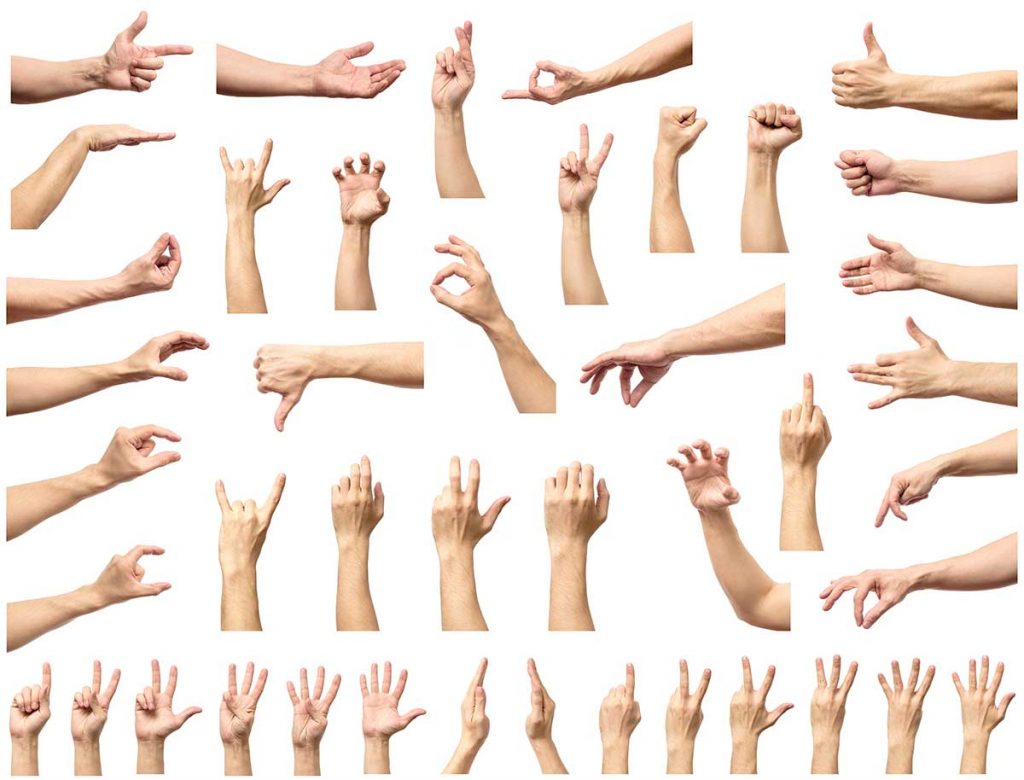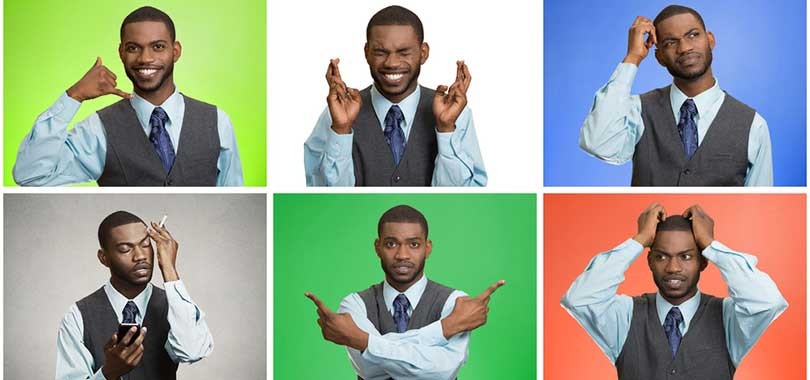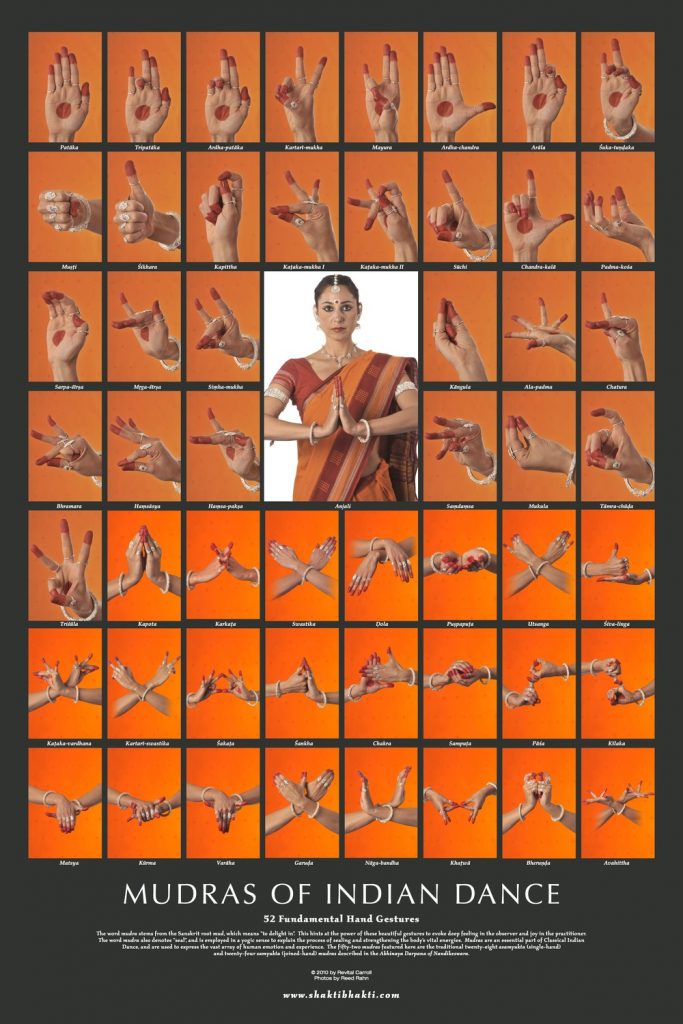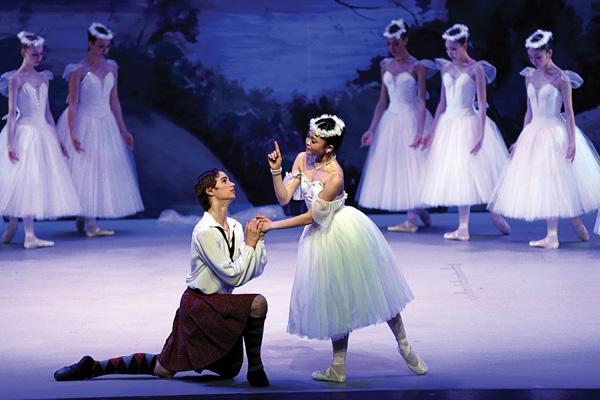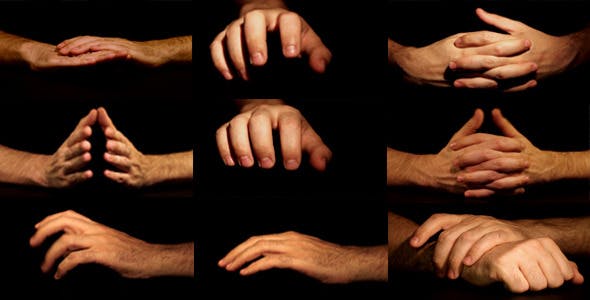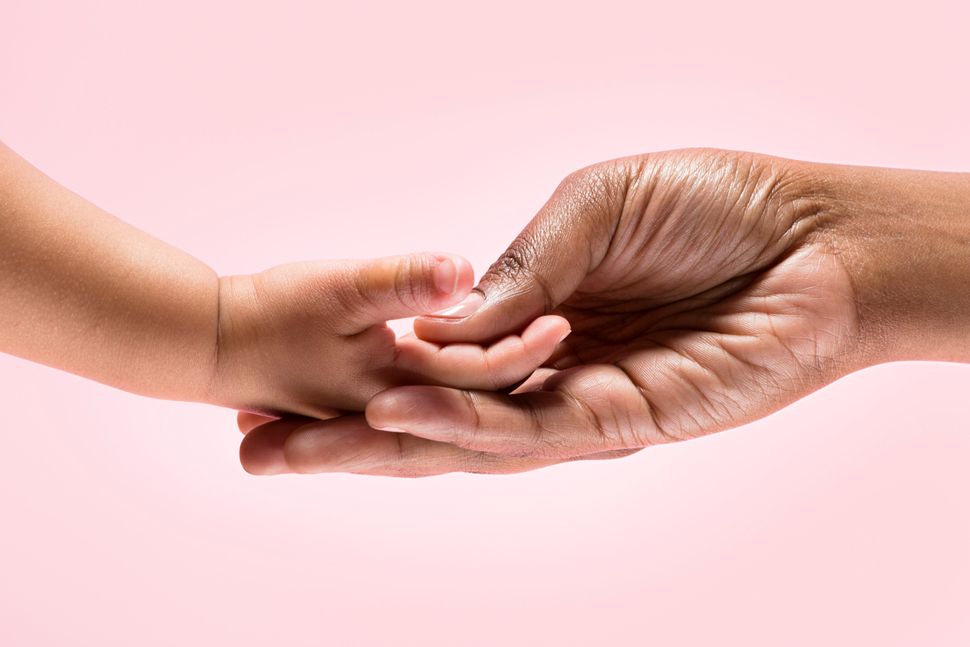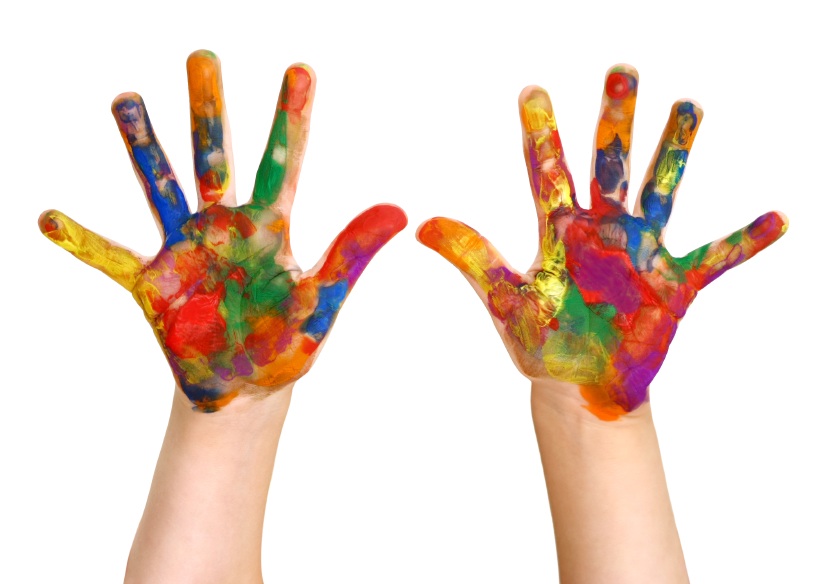
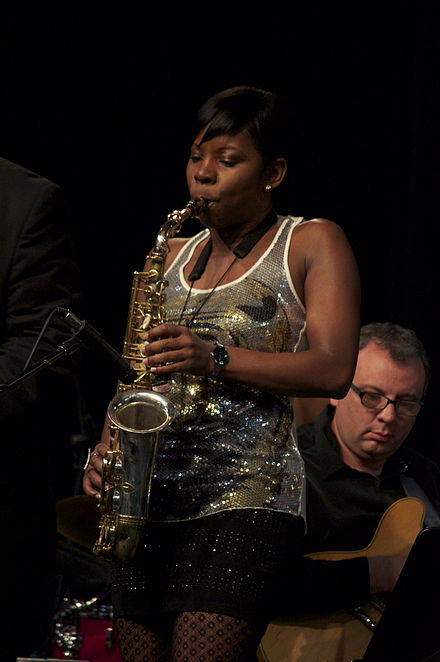
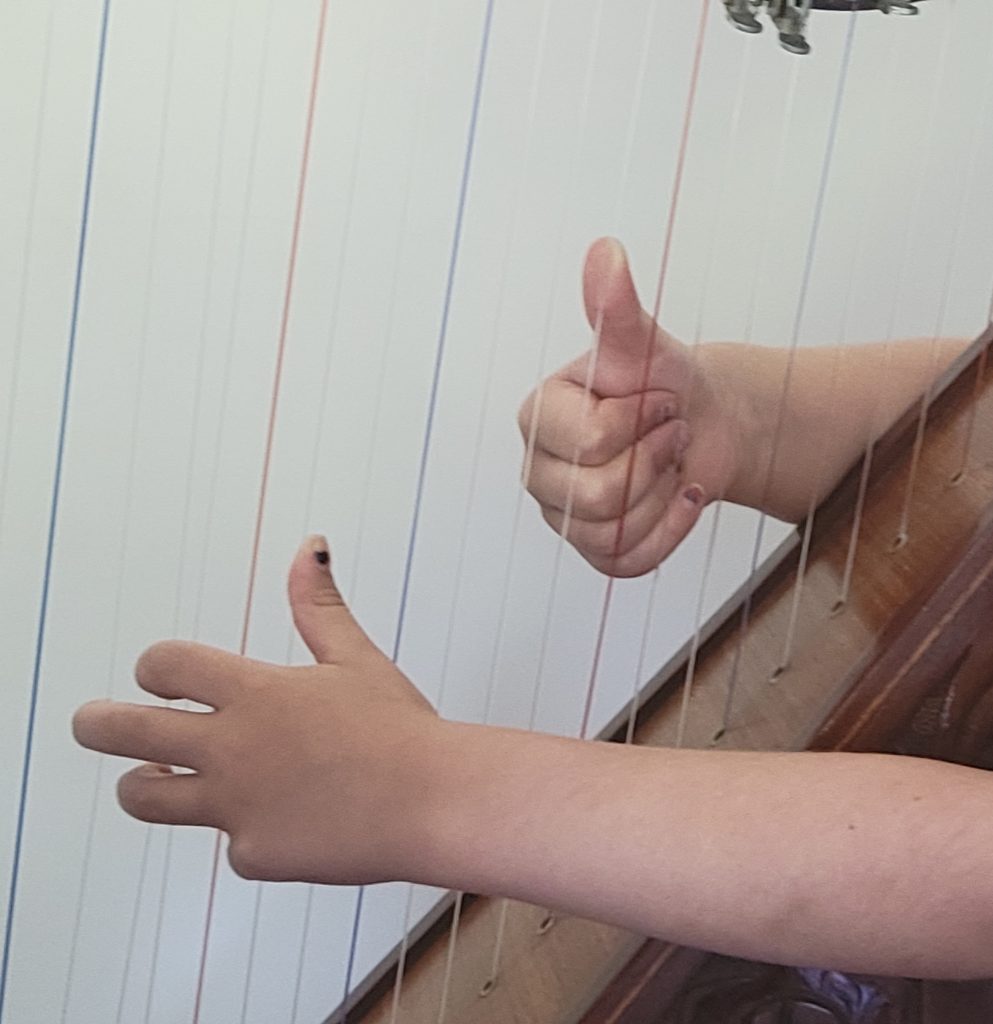
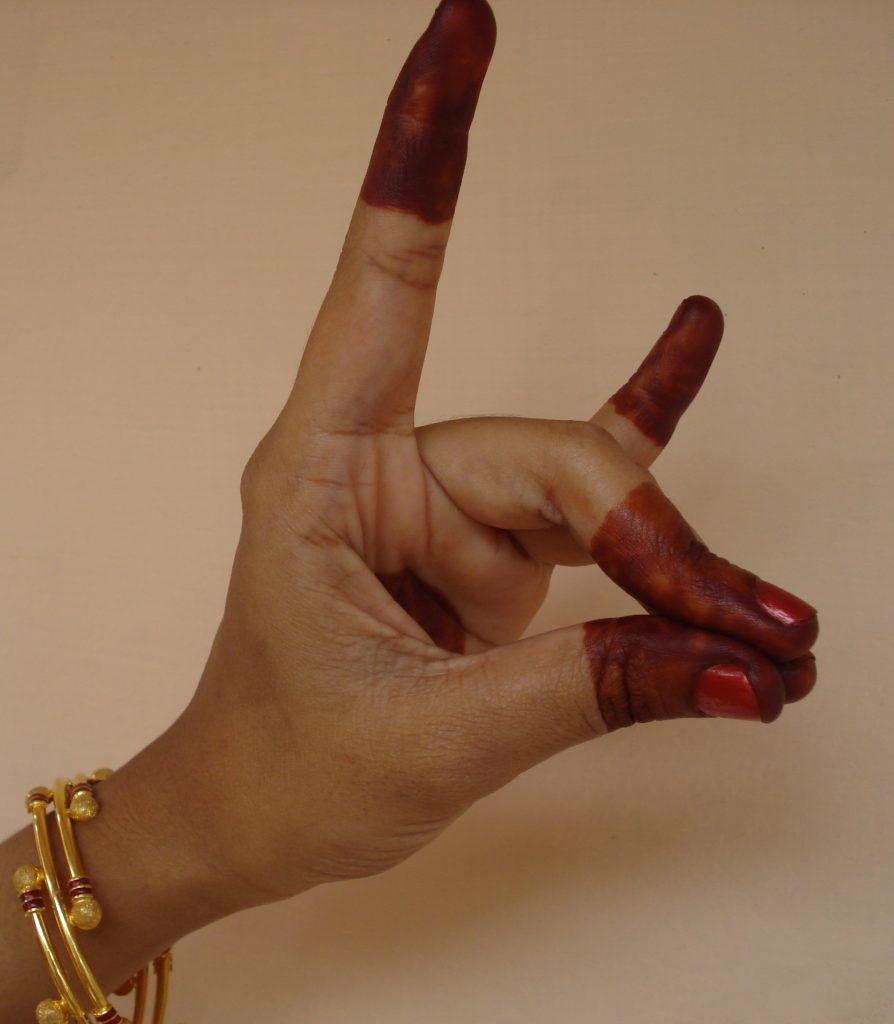
One can live a full, long life without thumbs, but it is/would be mighty inconvenient! Thumbs are hard working digits. They are needed for power moves (lifting and moving weight), for fine motor control of all sorts, and for numerous activities in between. Ancient Romans thought the thumb held sway over the other fingers; in fact, the Latin word for thumb, pollex, may be a derivative of the word for power, pollet. Consider the following common activities:
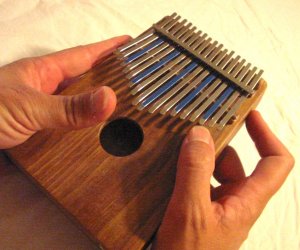
- Write with a pen or pencil
- Put on jewelry
- Paint
- Put on socks
- Open a door with a doorknob
- Brush/comb hair
- Button a shirt or blouse
- Play basketball, baseball, most other ball games
- Tie a bow/shoe lace
- Tie off a balloon
- Play most musical instruments
- Tie a knot
- Drink from glass, cup, or mug
- Seal a zip-lock bag
- Pull up a zipper
- Pick up something small from a flat surface
- Snap or un-snap a closure
- Manipulate chopsticks
- Eat with a fork, spoon, or knife
- Wield a toothbrush
- Open jars/bottles
- Use a needle and thread
- Etc., etc., etc.
Clearly, thumbs are hard working digits. (You heard it here first!)
But wait! There’s more!
Thumbs for Identification
- Everything that applies to fingerprints applies to thumbs. Your prints are set three months before birth.
- They are virtually unique. No two are the identical, not for the two thumbs of the same person and not for identical twins.
- They are durable over one’s lifetime, making them useful as long-term identifiers of criminals and dead bodies.
- Any injury that goes beneath the outer layers of the skin can affect the thumbprint.
- Thumbprints can be temporarily scarred by cuts, abrasion, acid, or certain skin diseases, but thumbprints lost this way will grow back within a month.
- With age, the skin on your thumbs is less elastic and the ridges thicker.
- Voters mark ballots with a thumbprint in many countries where large portions of the population don’t read
- A thumbprint can be used as a legal signature if the print is done in the presence of a Notary Public and is witnessed by two people who are not affected by the document, who also sign the document.
- The Registration Act of 1908 in the Indian state of Maharashtra specified a print of the left thumb.
- By custom and convention, the left thumb mark of a man and the right thumb print of a woman are used
- Sometimes thumbs alone can be used to access print-controlled locks
- i.e., sorting those who are allowed access from those who are not.
Thumbs for Communication
Professor Albert Mehrabian has estimated that, when a speaker’s verbal and nonverbal communication don’t match, listeners only get a fraction of their information from words. The rest is comprised of paralanguage (tone, speed, “delivery”) and body language: posture, facial expressions, proximity, touch, and gestures. So what are your thumbs saying? It depends on where you are, what you’re doing—and when!
Thumbs Up

Wikipedia has an extensive discussion of the possible origins of the gesture (pre-flight checks, archers testing bow strength, seal business transactions, etc.). Regardless of origin, the meanings are numerous. Here is a not-exhaustive list.
- In the U.S., this is generally positive, indicating success, good wishes, agreement, etc.
- In the Middle East, it means “up your butt.” Many, perhaps most, Latin Americans consider it offensive, as do people in West Africa, Greece, Russia, Sardinia, southern Italy, Australia, the Philippines, and many Islamic nations.
- In Germany and parts of Japan, it simply means the number one.
- The hitchhiker’s thumb: thumb out, fingers curled, arm out meaning I want a lift.
- A similar gesture made toward a door means get out of here.
- When scuba diving, thumbs up means ascend.
- Two thumbs up means jump ball in basketball.
- In baseball, an umpire’s thumb over the shoulder signals an out.
The A-OK
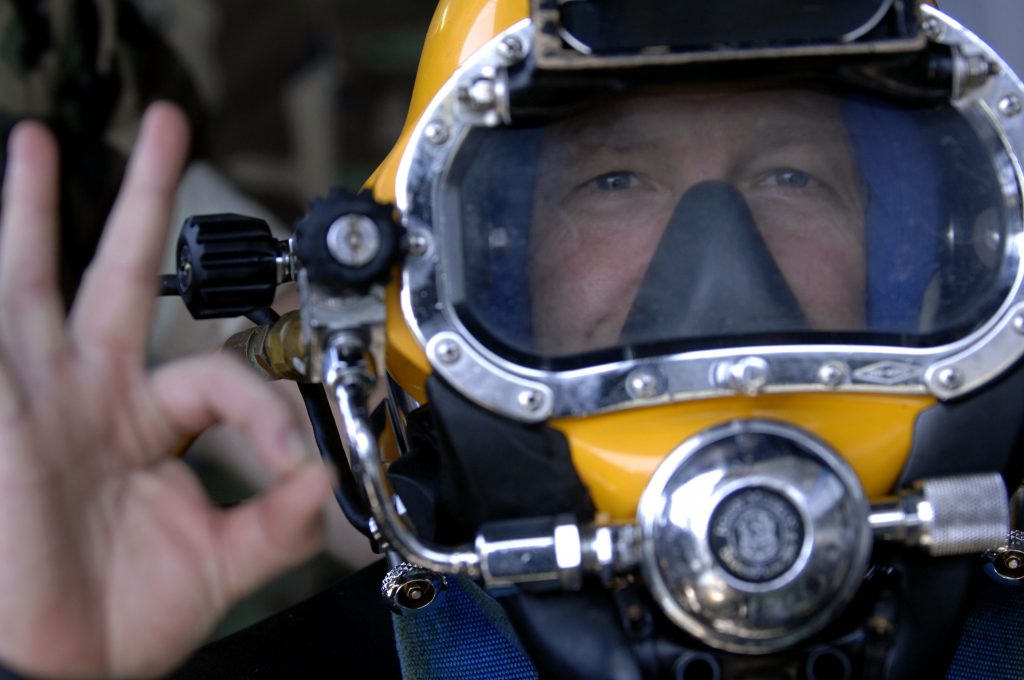
Touching the index finger to the thumb while remaining fingers remain upright.
- It’s considered a positive gesture, meaning all okay here in the U.S.
- The same gesture means all is well in scuba diving
- In Brazil, it’s like giving someone the finger
- It’s vulgar in Greece and Turkey and implies that the person receiving the sign is gay
- It’s the evil eye in some Middle Eastern countries
Thumbing One’s Nose
Called “cocking a snook” in Britain, thumb your nose by touching your thumb to the tip of your nose, with fingers curled or open and wiggling. This is often accompanied by jeering, crossing eyes, or sticking out the tongue. It is a gesture of ridicule in most of the world.
Eric Ambler in 1938 wrote, “The Rome–Berlin axis…cocked the biggest snook yet at the League of Nations idea” in Cause for Alarm.
Experts (5 year old neighbors) agree that this gesture is most effective when accompanied by chanting, “na-na na-na na-na!”
The Cutis
Put the tip of your thumb in to your lips while the rest of the fingers are straight up (or sometimes curled). Then the the thumb is flicked out while vocalizing “Cutta!” (Screw you!). It’s an insult to the target and to the target’s entire family. The cutis is used mostly in India and Pakistan.
In American Sign Language, this gesture means “mom.”
Bite One’s Thumb
This gesture was famously used by Shakespeare as one of the insults used by Montagues and Capulets in Romeo and Juliet. Italians used the gesture as an insult for centuries before Shakespeare came around. There is some evidence that it had spread to England by the time of Romeo and Juliet’s production, but it was uncommon enough that Shakespeare included an explanation for why it was an insult.
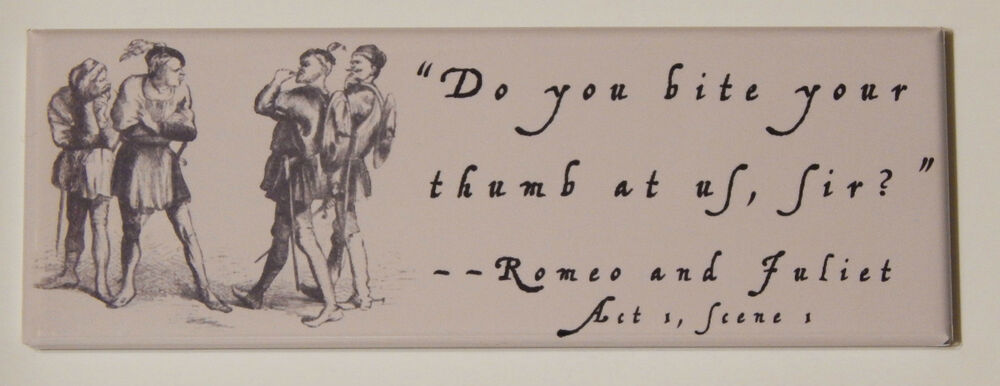
The Fig
Hand is curled into a loose fist with the tip of the thumb sticking out between the index and middle fingers.
- In the U.S., Canada, and Australia, this gesture is part of game often played with babies.
- In American Sign Language, this is the gesture used for the letter T.
- It is insulting in Turkey, Indonesia, Italy, India, and some other Asian countries.
- In Ancient Rome, the head of the family would make this sign to fend off evil spirits during the Lemuria Festival.
In the Roman Arena
Myth: In Ancient Rome, a thumbs-down meant the gladiator should die. Wrong! This painting by Jean-Léon Gérôme (above) is most likely responsible for the popularity of this myth. The title means “Turned Thumbs,” a reference to the gesture being made by the crowd.
Fact: Gladiator referees used a variety of gestures and signs to communicate with crowds, and gladiators didn’t often fight to the death. (Training a gladiator was incredibly expensive, and all the trainers, investors, sponsors, coordinators, etc. would have been quite upset if all their hard work was left to bleed out on the Coliseum sand. Death from injury, sepsis, or heatstroke was more common.)
Anthony Corbeill, a Latin professor at UVA, has written a whole book on ancient body language: Nature Embodied: Gesture in Ancient Rome. Hand gestures evolved and changed in meaning throughout the centuries and from place to place, but here are some common Coliseum gestures:
- Pollices premere (thumb up) – raising weapons, attack
- Pollices verso (turned thumb) – weapons down, submit, begin
- Historians aren’t sure whether this meant turned to the side or turned down
- Pollice compresso (pressed thumb) – sheathe weapons, bout over, pause
- This might mean the thumb pressing the other fingers or being pressed by the other fingers
- Waving handkerchiefs or shouting
Sign Language
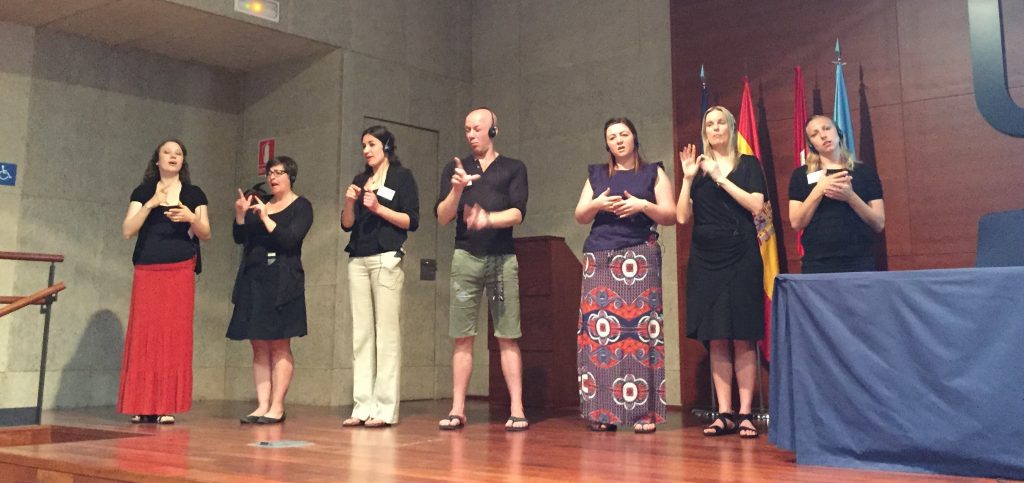
Sign language: a system of communication using visual gestures and signs, typically used by/with deaf people. There are more than 300 different sign languages in use around the world. Almost all of them are highly dependent on thumbs!
Increasingly, educators have adapted sign languages for use by very young children and non-verbal students. Many sign languages can be modified to suit the physical needs of the user, including creating two-handed signs with one hand, adjusting the size or speed of a movement, or changing which fingers are moved. Sometimes, this even includes not using the thumbs at all!
Bottom line: thumbs are incredibly important and deserve more attention and appreciation that they usually are granted!


